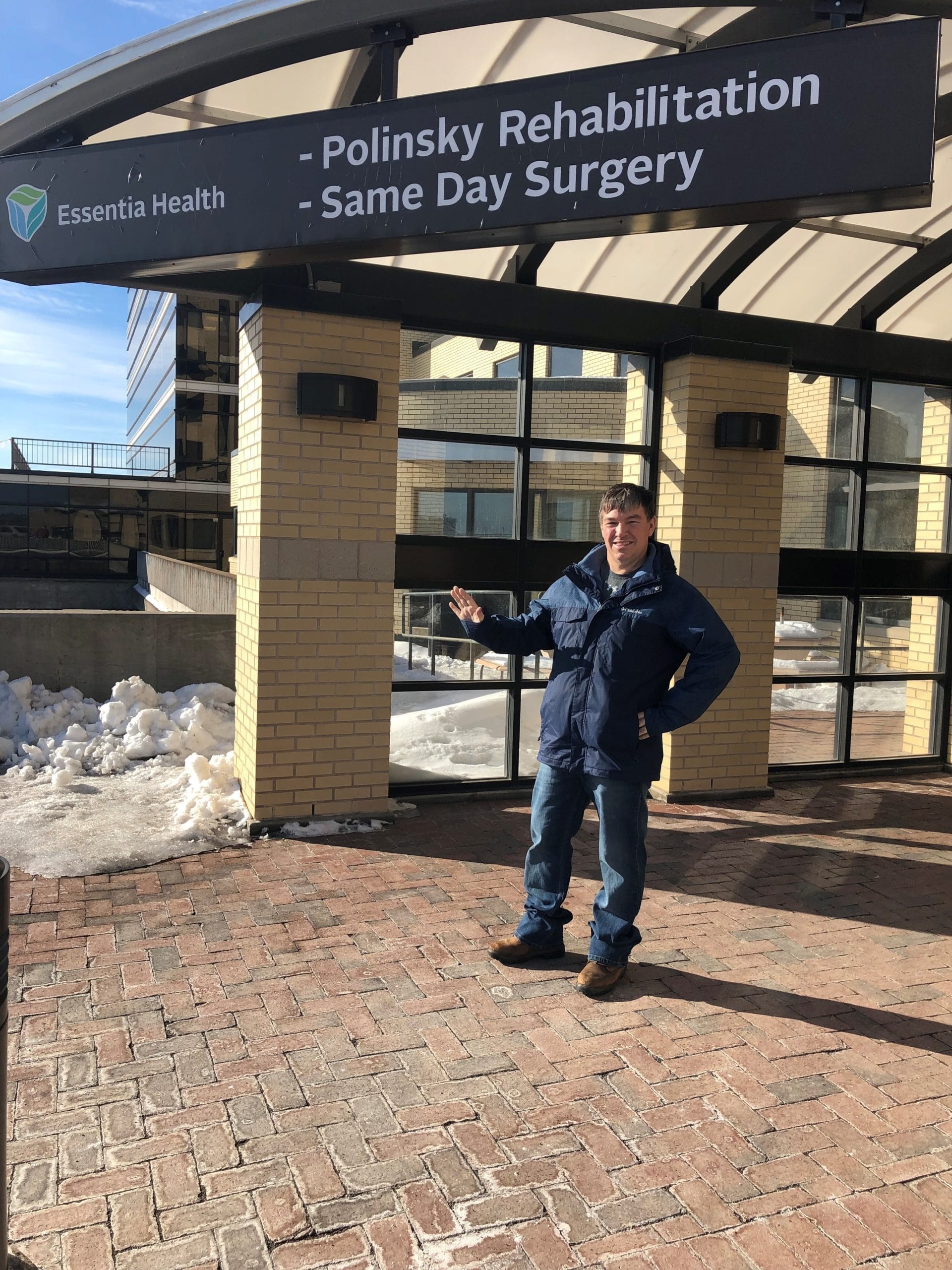
Sue Chlebek shares her story about the importance of stroke prevention and what Celebrating a Year Without a Stroke means to her.
Stroke is one of the top causes of death in the United States. Coronary artery disease is a risk factor for stroke, and both coronary artery disease and stroke have had major impacts on my life and the lives of my family.
On March 31, 2010, when I was 50, I survived a heart attack and sudden cardiac arrest. Cardiac arrest is an electric malfunction of the heart that caused me to drop dead. Only by God’s grace did I survive. There were many tearful days when I felt frightened and depressed. I did not know that I had coronary artery disease until that day. On my mother’s side of the family, there is a strong history of coronary artery disease and stroke. My grandmother died of a stroke and my mother’s three brothers all died in their sixties from coronary artery disease complications. My primary risk factor for coronary artery disease was family history; however, no one in our family has been diagnosed with coronary artery disease as young as I was.
My mother was diagnosed with coronary artery disease when she was 60. At that time, stents were not used in patients so she had a successful balloon angioplasty, a procedure using an inflated balloon to widen the blocked coronary artery. My mother worked very hard to stay healthy, exercising and eating a healthy diet.
When my mother was 79, she had a massive stroke, which was the result of her coronary artery disease. At the time, I was in the hospital after giving birth, to our youngest daughter, two days earlier. The signs of my mother’s stroke were confusion, problems swallowing, and slurred speech. My mother made it to the hospital quickly but her stroke was severe and she had many complications. When I first saw her after her stroke, the left side of her body was paralyzed, she couldn’t speak, and she had difficulties swallowing. My mother had a lot of determination to overcome her stroke complications. Her recovery was long, but she overcame many of her impairments through rehabilitation. Currently, she is doing well and is 96 years old.

I manage my coronary artery disease through diet and exercise. I keep a close watch on my numbers. I try to manage stress, but that isn’t always easy. Yoga, meditation and tai chi are great ways to reduce stress. Social connections are important in a healthy lifestyle plan, and I try very hard to keep active connections with family and friends.
I decided to share my story out of my desire to help others. I believe one of the reasons I’m still here is to help others. I am passionate about giving others hope after a coronary artery disease diagnosis or other heart disease diagnosis. I want them to know there is still life to be lived and not to give up, but to work hard to live as healthy a lifestyle as possible. I am thankful for the mission of Year Without a Stroke. Hopefully, through patient education, many strokes will be prevented and lives will be saved.
Know the warning signs of heart attack and stroke. A good way to remember the signs of a stroke are to remember the acronym FAST: F(face drooping), A(arm weakness), S(speech difficulty), and T(time to call 911). If you think you are having a heart attack or stroke, call 911 immediately. Listen to your body and don’t take a chance with your life. Know your numbers (cholesterol, blood pressure, blood sugar, and body mass index) and work with your doctor to get them where they should be. Coronary artery disease doesn’t have to be a death sentence. Don’t ignore your diagnosis, but do everything you can to fight it! Whether or not you have been diagnosed with coronary artery disease, you can prevent or lessen your chances of having a stroke by working to live a healthy lifestyle. Decide to make one positive change today to start on your path to living a healthier life!






